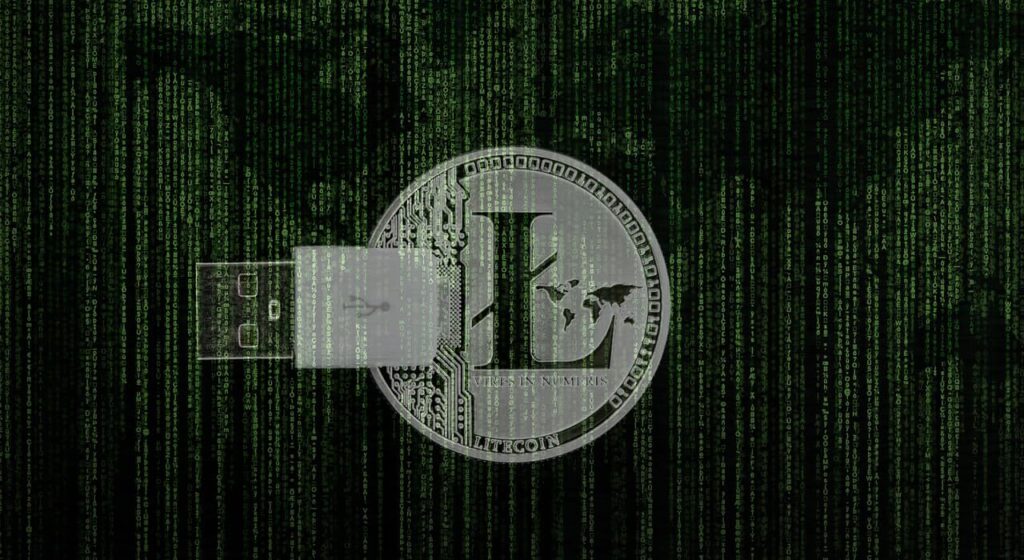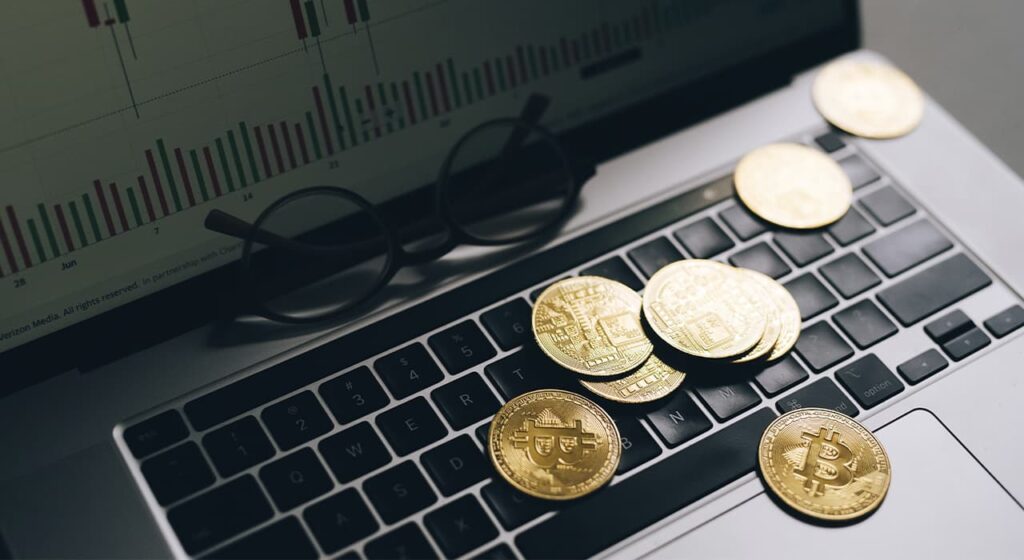Bitcoin (BTC) is the first decentralized digital currency created by Satoshi Nakamoto. However, Satoshi’s identity has not been established and is often the subject of speculation. In the Bitcoin network, users can make transactions directly between each other without the involvement of a central authority.
Transactions are verified by network nodes (a node is a connection point, such as a computer) using cryptography (hence the name: cryptocurrency) and then written to a publicly distributed repository, Blockchain.
As the name implies, Blockchain consists of a chain of blocks. Each block contains a timestamp of when the last change was added to it, transaction information, and information from the previous block encoded in a fixed size – this data is called “hash”. It is impossible to change data stored in the Blockchain without breaking the hash signature. Changing past records requires the consent of most blockchain users, making it difficult to cheat vault participants.
Blockchain is supported by a network of communicating nodes on which the Bitcoin software is installed. Nodes in the network validate transactions, add information about them to their copy of the vault, and then pass the new information into the vault to other nodes.
Approximately every 10 minutes, a new group of processed transactions, a block, is created and added to the blockchain and transmitted to all nodes on the network.
Each transaction consists of at least one input and one output (the input is the sender’s address and the output is the recipient’s address). When a user sends bitcoins, he needs to specify the recipient address and the number of coins to be sent to that address.
It is important to note that unlike traditional fiat transactions, bitcoin transactions cannot be undone to get the funds back.
Is it anonymous?
The Bitcoin network is considered anonymous because transactions and funds are not tied to names or addresses, but only to bitcoin addresses. But while the identities of address holders are not published, transactions on the blockchain are public.
In reality, the anonymity of the Bitcoin network is debatable – by collating information from the blockchain, it is possible to trace the person who made the transactions. At the same time, exchanges where BTC are exchanged for traditional currencies are often required by law to collect users’ personal information.
What are the distinctive characteristics of Bitcoin?
It is the progenitor of other cryptocurrencies: it all started with Bitcoin, and today it is the most famous cryptocurrency.
It is the ultimate value: when creating Bitcoin, Nakamoto set a monetary policy based on artificial scarcity, according to which it is impossible to issue more than 21 million BTC.
Bitcoin can be mined because it is a cryptocurrency that is generated through mining, a process in which computers capable of processing large amounts of complex information work to solve mathematical problems.
How can Bitcoin be used?
Traditional merchants can accept bitcoin as payment using payment service providers. When a customer pays in bitcoins, the payment service provider accepts the payment on behalf of the merchant, converts the transaction into fiat currency and sends the appropriate amount to the merchant’s bank account, charging a fee for the service.
Sometimes this process can be complicated and time-consuming, so we’ve found a solution: a card with which you can use bitcoins as fiat currency.
Some consider bitcoin a safe investment for the future. With overall growth of more than 6,000%, everyone wants a piece of the bitcoin pie.



